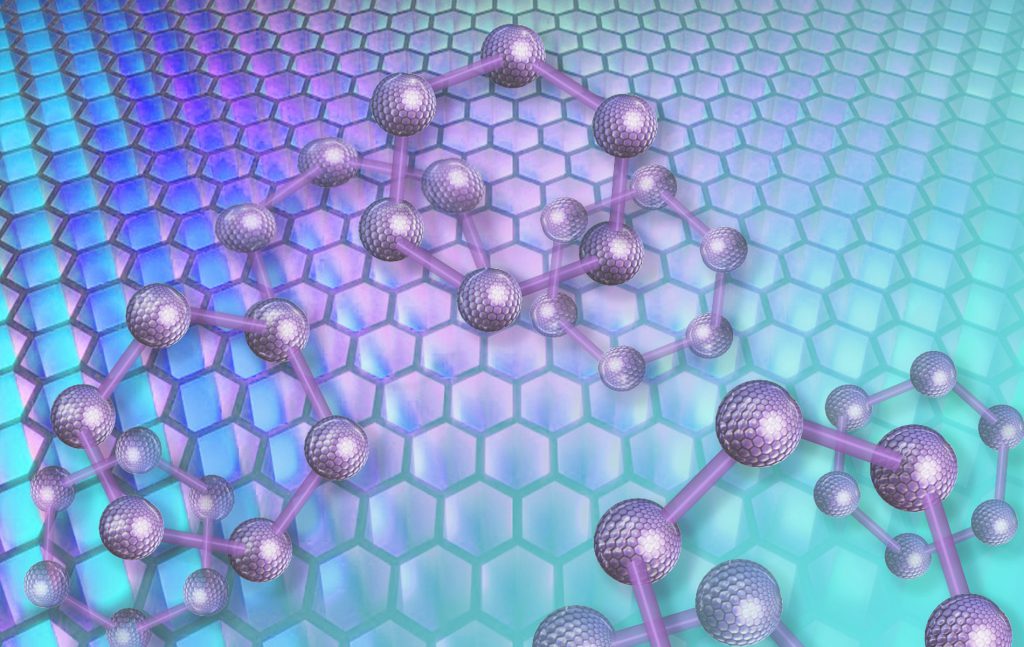Panel discussion on biomaterials for regenerative medicine: Q&A follow-up

Follow-up to the audience questions that we did not have time to answer during the live panel discussion.
Thank you everyone who attended the live panel discussion on biomaterials for regenerative medicine. Below are the responses to the questions posed during the live event that we did not have time to answer, kindly answered by Matteo. We hope this is a useful resource and thank our attendees and our panelists, Matteo Santin (Professor of Tissue Regeneration, University of Brighton, UK), Nasim Annabi (Assistant Professor, Department of Chemical Engineering, Northeastern University, Boston, MA, USA) and Nicola Tirelli (Professor of Polymers and Biomaterials, The University of Manchester, UK), for their time.
Given the new regulation making the application of tissue engineered products more difficult, do you see a trend towards ex vivo functional biomaterial devices?
This is a very good question. Indeed, where applicable this could be a very good strategy. However, I think that the regulatory path will also be arduous and the contact with blood that most of these types of devices rely on may make them not very different from implanted biomaterials.
Which fabrication technique(s) could really scale up tissue engineering?
I believe that the future will be in minimally invasive applications. These can be pursued mainly through injectable biomaterials and cell constructs. Any fabrication technique and delivery device facilitating minimally invasive procedures will attract the interest of industry and clinicians.
How are regulatory bodies (especially the US FDA) drawing the line between ECM components and drugs in complex biomaterials?
This is a very blurred boundary and regulatory bodies may look at ECM components as bioactive, hence more similar to drugs. However, there are products on the market based on collagen and hyaluronic acid that have been classified as medical devices.
How do you anticipate blood products as biomaterials in future in medicine, especially dental?
This depends on which product is considered. If it is cell based it is likely to be for severe clinical conditions, as I doubt that companies are willing to put the higher level of investment required for these products in the dental market. In case of non-cellular materials there is more scope for the dental market, but it is difficult to see which product can emerge as really innovative and clinically efficacious. Fibrin-based biomaterials, for example, have widely been exploited. Blood separation techniques have already been exploited to obtain patients’ own clot as bone filler in dentistry.
Do you agree with these responses, or have additional insights? Please share your comments below. Also, you can view the panel discussion on demand at your leisure, and catch up on the rest of the biomaterials spotlight.